This week as promised, we’ll look at the smaller U.S. car companies and their 1954 offerings:
DeSoto Firedome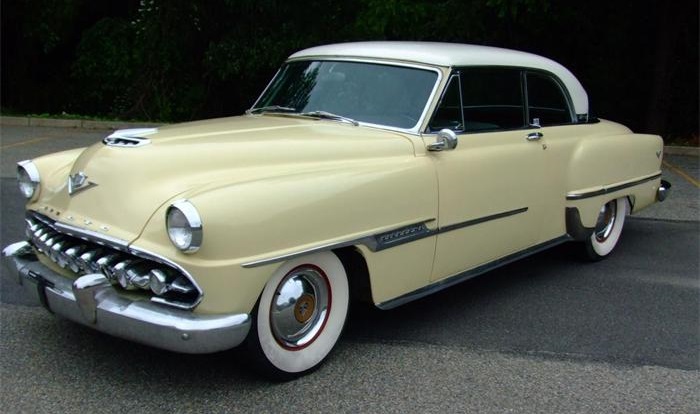
DeSoto Powermaster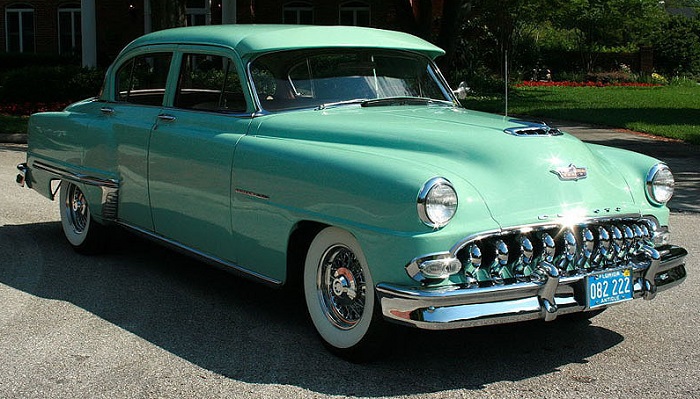
Hudson Hornet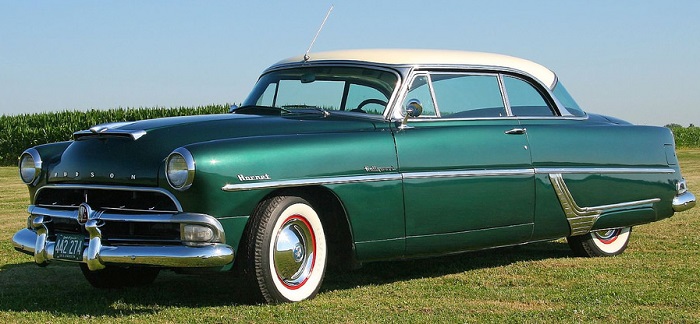
Kaiser Special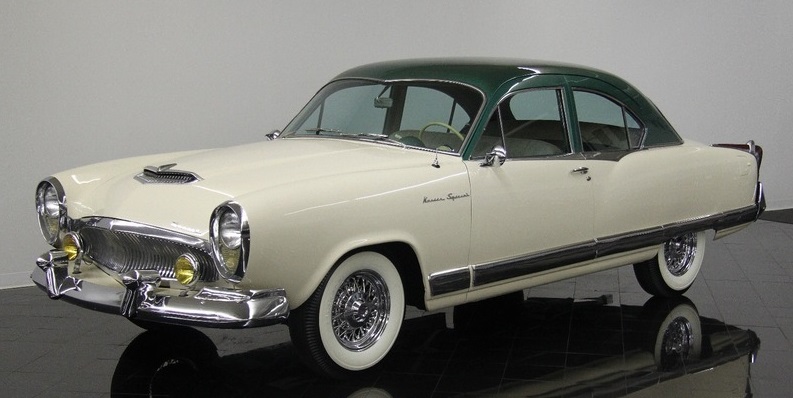
Nash Metropolitan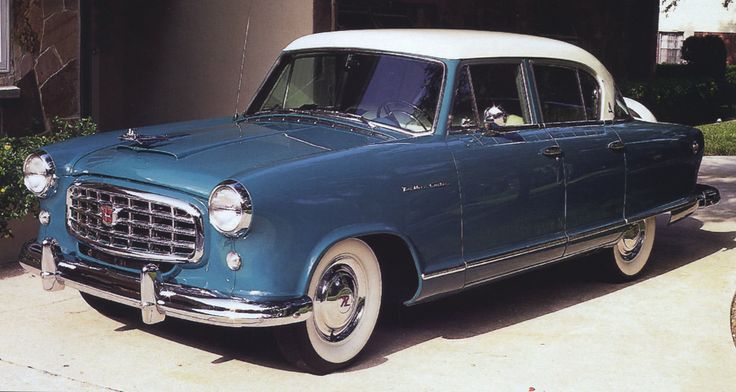
Packard Caribbean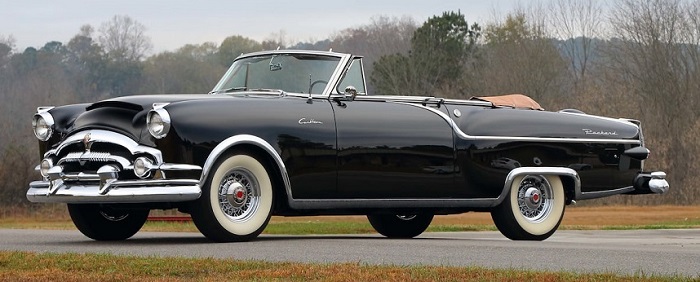
Studebaker Commander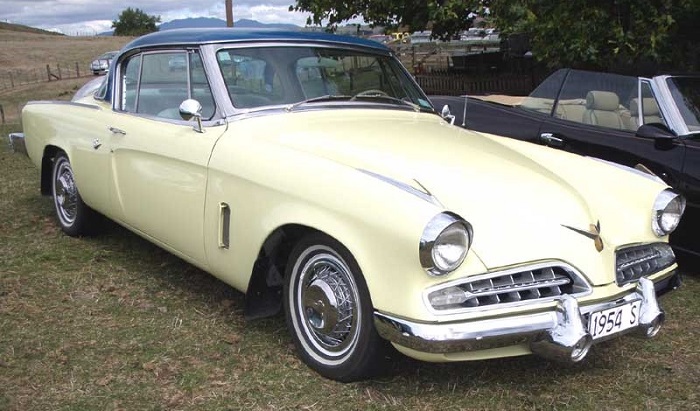
I know the “Studdy” has many fans, but it’s only the best of a very bad bunch. By popular demand, here’s the 1954 Corvette:
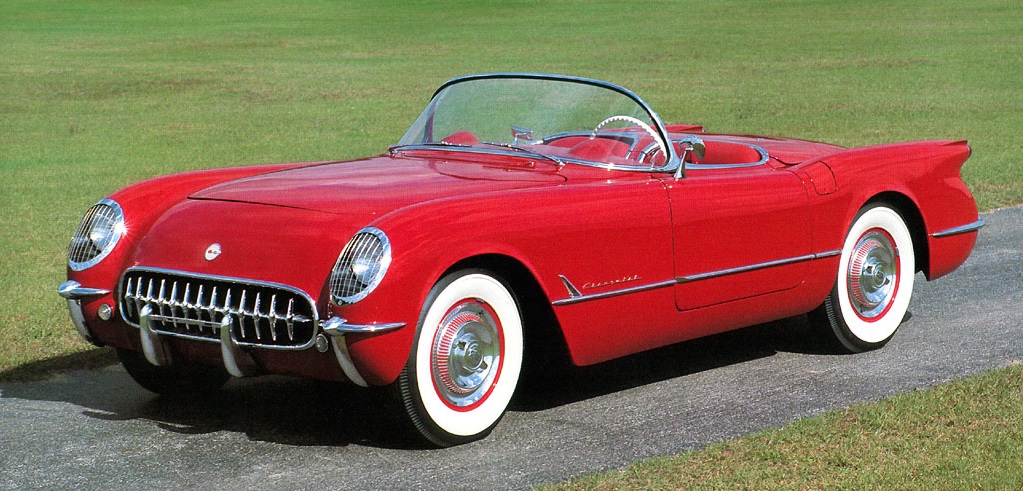
Thanks, but if we’re going to do 1954 sports cars, I’ll still take the Mercedes 300SL, thank you:
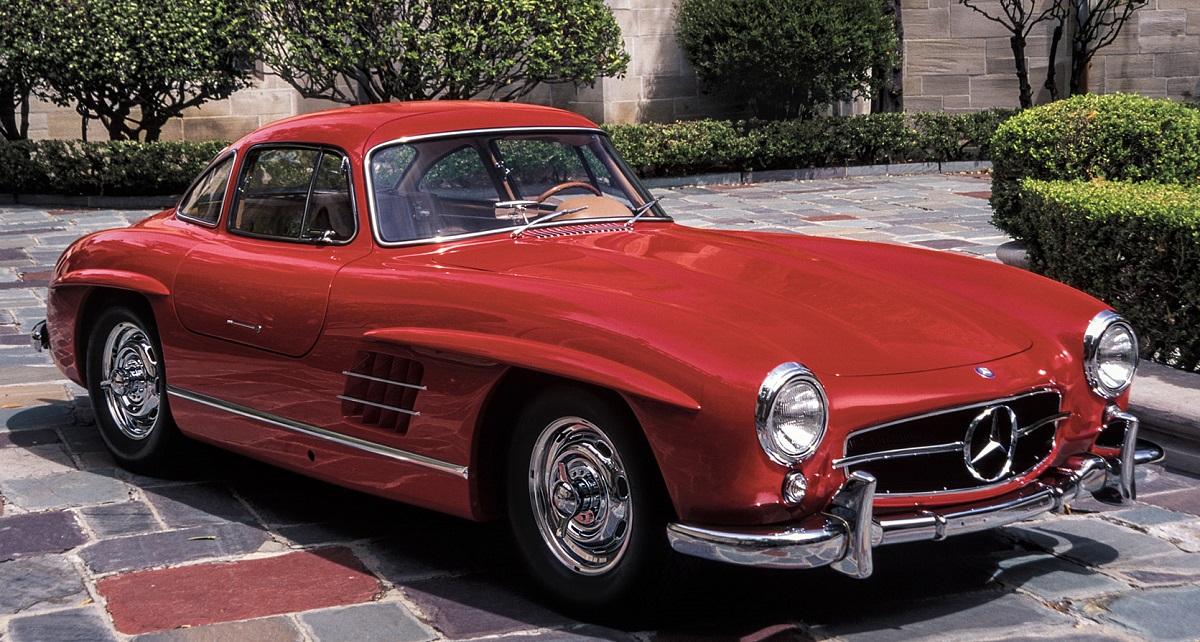
Which brings to the end of the 1954 Birth Year series. Thank you all for playing along.
…and even though I don’t do Hallmark holidays, here’s one for all us dads, today:

And for the record, here’s Your Humble Narrator and the Son& Heir, each pic taken at age 23:

Didn’t even bounce.

That Kaiser has a widow’s peak windshield – most unusual.
Was I ever 23? Seems so long ago, yet only yesterday.
It was 1978, the year I got out of the army after 4 years.
That was indeed a Nash, but ain’t a Metropolitan. The Metro was basically an Austin Healy Bugeye Sprite with a de-tuned engine and a Nash-shaped skin, one of which was my first car.
That is a Nash Rambler.
Who cares? They all look the same anyway.
Not a particularly nice way to say: Oops!
Kripes, there’s no DNA test needed at all.
As for the cars, I think you’re comparing apples to oranges. Roads in Europe aren’t the roads in America, as I’m sure you well know. I love a Ferrari, but if I need to go from Corpus Christi to El Paso, and take my entire family with me, I want something that resembles a boxcar on wheels with enough power to keep up with everything else on the road. If I’m traveling in Europe… well, I don’t even think 50% of the American cars you’ve listed would even FIT on a road in Rome.
Americans drive pickup trucks, not Twingos. Because we need pickup trucks, and we don’t need Twingos.
Yes, Beauty is in the eye of the beholder. I realize the Corvette survives and the Commander is gone, but the Stude seems much more svelte and sophisticated than that butt ugly Vette.
Which is why the ‘Vette had been redone considerably by the time Studebaker-Packard when toes-up.
A couple of observations on post war American autos. The so called “big three” (Ford, GM and Chrysler) came out of WW2 with a massive manufacturing infrastructure, a seller’s market – every GI wanted to buy a new car when he got home, and a bunch of warmed over late 1930s designs because the design pipe line in those days was at least 5 years long. The big companies really didn’t need to worry about anything new and exciting until the early 1950s. There was enough demand to sell everything in the inventory no matter what it looked like. They did learn a few things about technology such as higher octane fuels, good overhead valve designs, and reliable automatic transmissions by making tanks and trucks during the war years. They learned lots about quick and efficient mass production methods. 1954 was probably the end of the prewar design cycle – many cars still had manual transmissions and I recall that Ford didn’t replace the flathead V-8 with an OHV unit until the next year. What passed for styling was a minor rearrangement of the chrome trim and maybe a different shade of paint.
The smaller companies – Hudson, Packard, Studebaker, Kaiser and others – all had serious problems. Most had not received the massive infusions of cash from low interest wartime loans or outright gifts to allow them to upgrade their manufacturing facilities. All of these companies started or restarted production after the war in very poor financial shape.
Henry Kaiser who was the 1940s equivalent of Elon Musk put a considerable amount of his not insignificant personal fortune into keeping his company afloat and eventually went under.
Packard had a good reputation as a manufacturer of quality luxury vehicles. They built the famed Packard Merlin aircraft engine which powered the P-51 Mustang under a Rolls Royce license and gained a following for that outstanding engine. By the mid 50s Packard just wasn’t big enough to upgrade the cars or employ an economy of scale to reduce their unit cost to a reasonable level.
Studebaker played the small company game about the best. They managed to produce attractive and innovative cars throughout the 50s and seemed to work hard to reduce manufacturing costs. Studebaker attempted to merge with Packard – a decision that ultimately killed both companies. Again it appears that Studebaker was done in by that economy of scale thing. The big three could buy raw materials and parts cheaper because they bought more of everything so they operated at a higher profit margin.
Nash held off disaster for at least 20 more years. The 1954 merger with Hudson to form American Motors put some money in the bank and produced a line of pretty solid if dull cars. Yeah I know about the AMX and Javelin but those belong in the discussion of a later era. AMC almost had enough money to keep going but their low manufacturing numbers and high unit cost (among other things) eventually did for American Motors.
Then it was 1955 and the whole game changed. The first fully postwar designs hit the streets – streets that were wide and smooth. Congress was talking about funding an Interstate Highway System on the advice of General Eisenhower who saw how easily his Shermans and Deuce and a Halfs rolled down the Autobahns. Gasoline was cheap. The economy was pretty good. All of those early 50’s cars had been paid off so it was time for something new and better with space age tail fins and a Rocket V-8.
Kim if you’d been born in 1957 we’d have lot’s more interesting stuff to look at!
Well, they’d be a lot more chromy.
A VERY picky point: DeSoto wasn’t a minor manufacturer; it was a Chrysler nameplate positioned between the Dodge and upscale Chrysler. Plymouth was their lowest level. The DeSoto brand was dropped well before you emmigrated, Kim, so there is no reason you should have ever seen a dealership selling the full range of Chrysler products.
And to reiterate a point made by a commenter on one of the other 1954 lists, the Corvette wasn’t a 300SL, but it wasn’t proved like one either. It still isn’t priced like the spiffie
r MB products today.
…but it wasn’t PRICED like one either. (Curse you, Spellcheck.)
…like the spiffier MB products today. (This mess was my fault.)
LOL Nevi.
If I had to go the white out route I’d have to un-retire and I’m not about to do that. ’57 was a good year though.
I can always look to a ’41 Lincoln Continental (though I think the ’42’s had just come out).
I never heard a Studebaker called a Studdy or a Stude.
Stud Pecker was all I ever heard it called.